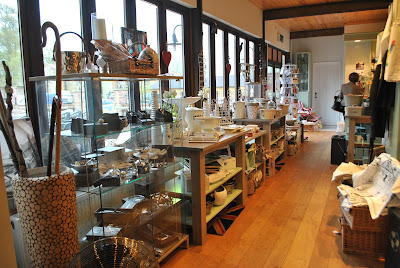It’s National Mango Week this week and we’ve been racking our brains to work out what exciting mango stories we should blog about. We thought about facts, news articles and even recipes but then it occurred to us that some of us actually have no clue how to cut a mango properly. Us Britons are particular culprits of this, mainly because the mango isn’t a native fruit of the UK. Let’s face it, the country isn’t warm enough to grow any exotic fruits!
Our resident intern, Anissa, lives in Toulouse so she is more than used to cutting and eating mangoes. She has therefore written up a failsafe method of how to cut a mango properly. She’s even provided some top tips at the bottom. It’s so foolproof even the bosses could do it. If all else fails, however, just tuck into some Mango Simply Nectar. It’s made from mango pulp and contains no refined sugars or pesticides so is pretty much just like eating the fruit anyway.
Now, go get that mango and get stuck in.
Instructions
1. Cut off the mango
Placing your fingers at the top of the mango, hold the fruit upright on a chopping board. Take a knife and place it at the top of the mango. The next step is to cut two large pieces of mango from either side of the stone, which sits in the middle of the fruit. Cut down one side of the mango going close to the stone but avoiding it. If you hit the stone remove the knife and try again. Turn the mango and cut the other side so you get two large pieces of mango.
2. Dice the mango
Take one of the pieces of mango in your hand or place skin down on the chipping board. Using a small knife, score the mango vertically and horizontally to make small cubes. Do not cut through the skin. Repeat with the other piece of mango.
3. Turn the mango inside out
Turn the pieces of mango over and gently press on the skin to turn it inside out. The small cubes should pop out but will still be attached to the skin. Use your knife or your fingers to detach the small mango cubes and put into a bowl. Repeat with the other half of the mango.
4. Trim fruit from the stone
Place the remaining part of the mango (the stone) on the chopping board and use a knife to slice of any skin. Next, use a knife or your fingers to remove any remaining flesh still clinging to the stone.
5. Decoration
If you don’t want to waste the skin you can use it for decoration purposes when serving the mango. Cut the skin into any shape you want!
6. BON APPETIT ! :)

Important tips to remember when cutting mangoes:
- The flesh can be very slippery. Be careful not to cut yourself in the process of cutting the zig-zag lines or peeling the mango itself
- The flesh nearest the stone is the stringiest and least pleasant to eat
- If you can't stand sticky fruit juice running down your chin, you should definitely cut the mango into small bite size pieces
- If you are allergic to latex, poison ivy, or cashews you may have a reaction to mango, too, through cross-reactivity. Many people report an allergy only when contacting the skin of the mango. To prevent this, wash your hands with soap after peeling the mango but before eating it. For more information, search the Internet with the key words "mango" and "allergic."
- Mango juice will leave messy stains on clothes and so be careful.
Simply mango,
Simply Nectar

















